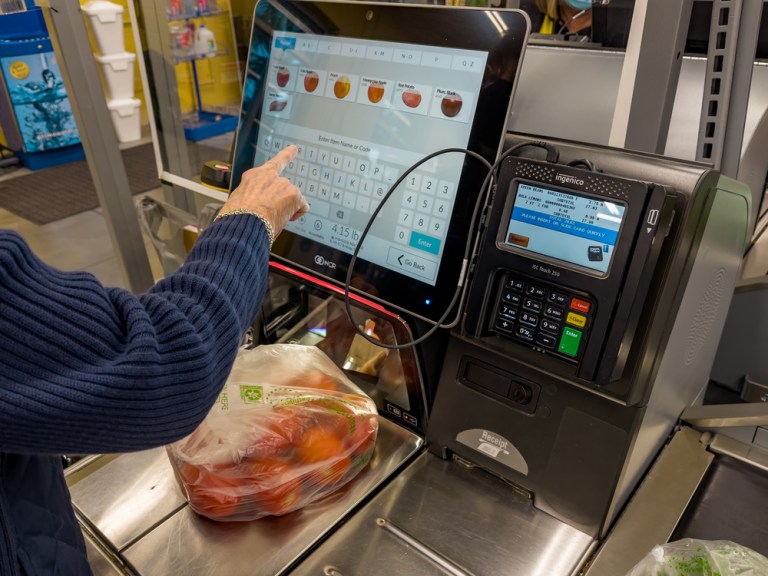
Inflation continued slowing last month, good news for consumers as many of them curtailed spending.
The Consumer Price Index (CPI) rose 0.4% in April, the Bureau of Labor Statistics announced Wednesday (May 10), while its “all items index” climbed 4.9%, the smallest 12-month increase in two years.
Inflation’s 12-month reading in March was at 5%, another two-year low. Gas prices and housing costs fueled April’s uptick, the bureau said.
Food was a different story, with a number of major grocery store food group indexes decreasing in April: fruits and vegetables decreased 0.5%, meat, poultry and fish, eggs were down 0.3% and dairy “and related products” dropped 0.7% as the milk index saw its biggest drop in eight years.
However, the food index overall continues to exceed the rate of inflation, a trend that’s been in play for several months.
“Grocers and other businesses that rely on grocery sales are taking note of inflation’s effect on food spending, looking for ways to ease consumers’ price anxieties and in turn maintain shopper frequency,” PYMNTS wrote earlier this week.
Among these companies are Kroger, which recently reported digital coupon engagement had reached an all-time high, and Instacart, which last month added new discounting features.
While inflation has moderated somewhat since peaking in July of last year, 70% of grocery shoppers and 67% of retail customers said they see “significant price increases in the next 12 months,” and most don’t see the price outlook improving meaningfully until late into 2024, according to PYMNTS’ research.
As noted here Tuesday (May 9), the research found that consumers were 21% more likely to reduce spending on retail products than at the grocery store. Six out of 10 consumers say they’ve switched to cheaper retailers, while 35% have decided to forgo product quality in favor of lower-quality, albeit less-costly, goods.
The latest CPI report comes two days after the Federal Reserve’s latest “Survey of Consumer Expectations” report showed Americans think inflation will persist for some time. However, those expectations have been tempered somewhat.
Per the data, consumers anticipate inflation will grow by 4.4% in the coming year, better than the 4.7% expected in the Fed’s survey of consumers in March.
Meanwhile, the report showed that median household spending growth expectations fell from 5.7% in March to 5.2% last month, the lowest reading since September 2021. This was “driven by respondents with a household income greater than $50,000,” the Fed said, as these consumers said they expected to dial back spending.